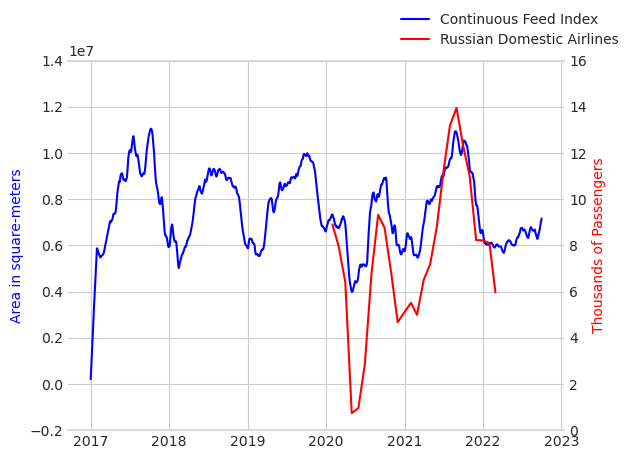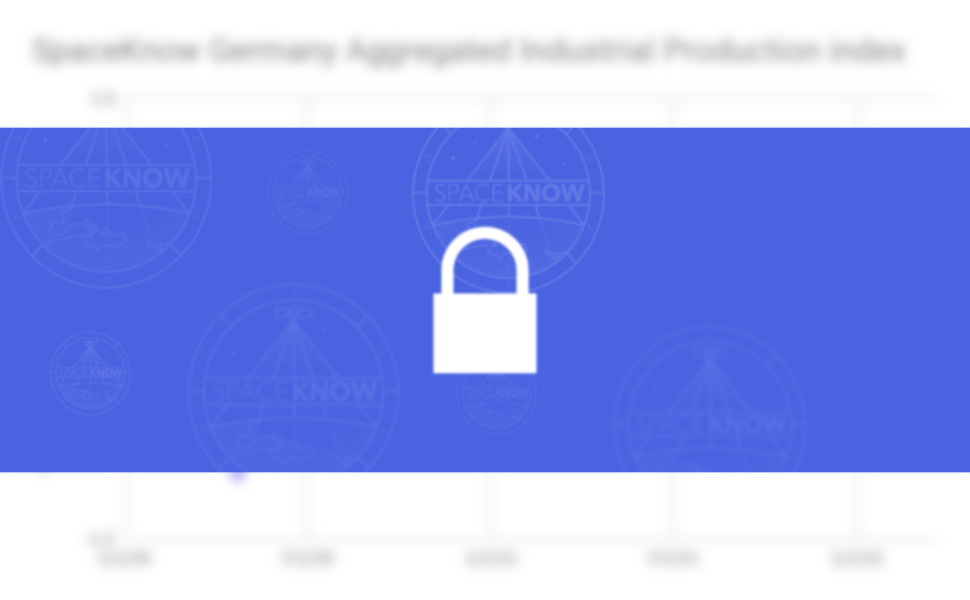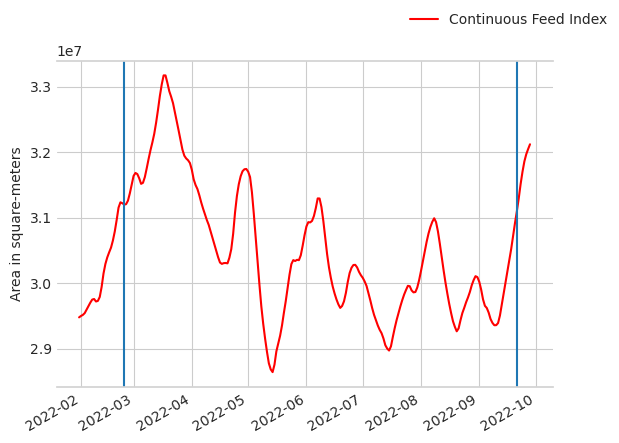SpaceKnow’s data shows increased movement of people leaving Russia via roads and air since the mobilization order was issued. The data is near-real-time and unbiased.
The latest turning point in the war between Russia and Ukraine, the mobilization order issued on September 21 by Russian President Vladimir Putin, caused people to flee the country in order to avoid conscription.
The recent exodus of Russian men is the result of fears that they will not be able to leave the country after the mobilization was announced. The current migration (called the second migration wave), is different from the first wave which was composed mainly of those directly opposed to the regime. This time, however, many people with no direct political involvement are starting to leave the country.
Many Russians are crossing on land, especially to Georgia and Kazakhstan. Both countries are accepting migrants thus far, despite mounting public pressure, especially in Georgia. The EU’s border with Russia remains stable due to the implementation of various restrictions. With limited options for where to go and given that there are no direct flights between Russia and Georgia, queuing at the borders is the only option for many.
Air travel has risen significantly as well with ticket prices soaring after mobilization. Tickets to destinations such as Istanbul or Belgrade (in countries with no visa requirements) were sold-out shortly after the mobilization was announced.
Spaceknow tracks activity at Russian airports with several indices. The most interesting data is provided by our Passenger Parking indices which observe the area covered by cars in passenger parking areas around airports. This index naturally follows the airport activity.

Figures 1 & 2 show that SpaceKnow indices map the seasonal fluctuations of passenger volumes in Russia. In the summer, activity rises strongly with a peak in September. Non-satellite airport data show similar seasonality but tend to peak slightly earlier (August). We reach similar conclusions when concentrating on the number of flights in the biggest hubs (Sheremetyevo and Domodedovo airports). Figures 1 & 2 also show the disturbances caused to the Russian Air Industry by Western sanctions – in some sense, their impact is even greater than seen in the initial COVID pandemic year 2020.

Contact the team for access to this dataset.

Contact the team for access to this dataset.
Related to Russian mobilization, Figure 3 provides the 10day rolling value for airports in Moscow and surrounding areas. We see a rise in the most recent days after a quiet year – a clear result of Western travel restrictions. The effect is especially noticeable when we concentrate on the central areas around Moscow (including the three biggest International Airports).

Our indices also allow us to assess the land movements mentioned above. Recent sharp increases in the Spaceknow Truck Stop Index – normally well-suited for different use cases such as forecasting retail sales or supply chain issues, allows us to observe congestion on Russian roads as people head for the borders (Figure 4).
SpaceKnow’s nowcasting products bring confidence and reduce risk to operations and investments around the world. Interested in learning more about SpaceKnow’s commercial and nowcasting products? Reach out to info@spaceknow.com
Did you enjoy this article? Subscribe using this link, and be the first to receive the next SpaceKnow Nowcasting Newsletter (SNN).